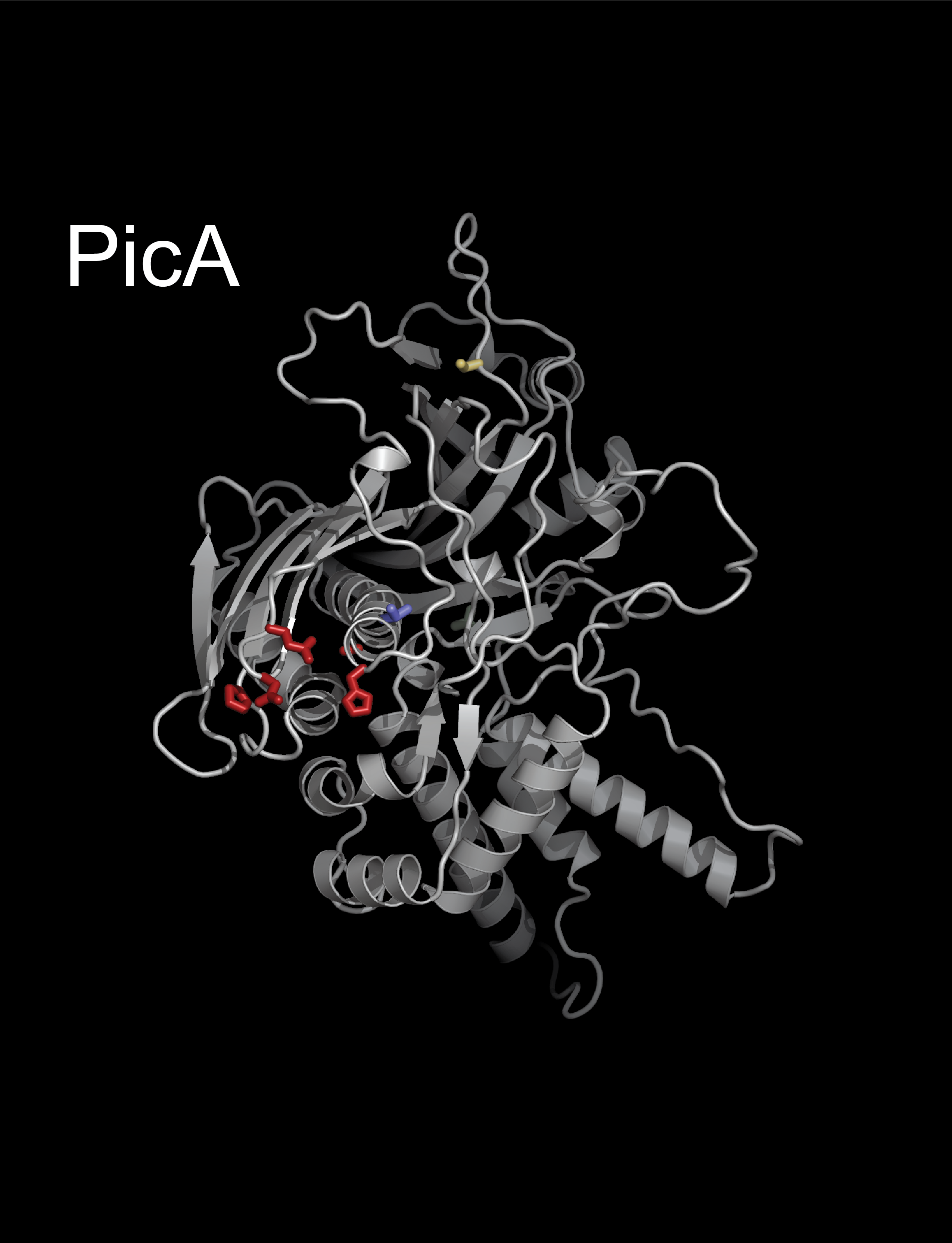When you hear about deep learning, you might think of the latest app that sprung up this week to do something clever with images or generate humanlike text. Deep learning might be responsible for some behind-the-scenes aspects of such things, but it’s also used extensively in different fields of research. Recently, a team at a tech event called a hackathon applied deep learning to weather forecasting. It proved quite effective, and this got doctoral student Keiya Hirashima from the University of Tokyo’s Department of Astronomy thinking.
“Weather is a very complex phenomenon but ultimately it boils down to fluid dynamics calculations,” said Hirashima. “So, I wondered if we could modify deep learning models used for weather forecasting and apply them to another fluid system, but one that exists on a vastly larger scale and which we lack direct access to: my field of research, supernova explosions.”
Supernovae occur when suitably massive stars burn through most of their fuel and collapse in enormous explosions. They are so huge that they can, and do, influence large areas inside their host galaxies. If a supernova had happened a few hundred years ago within a few hundred light-years from Earth, you might not be reading this article right now. So, the better we understand supernovae, the better we can understand why galaxies are the way they are.
“The problem is the time it takes to calculate the way supernovae explode. Currently, many models of galaxies over long time spans simplify things by pretending supernovae explode in a perfectly spherical fashion, as this is relatively easy to calculate,” said Hirashima. “However, in reality, they are quite asymmetric. Some regions of the shell of material that forms the boundary of the explosion are more complex than others. We applied deep learning to help ascertain which parts of the explosion require more, or less, attention during a simulation to ensure the best accuracy, whilst also taking the least amount of time overall. This way of dividing a problem is called Hamiltonian splitting. Our new model, 3D-MIM, can reduce the number of computational steps in the calculation of 100,000 years of supernova evolution by 99%. So, I think we’ll really help reduce a bottleneck too.”
Of course, deep learning requires deep training. Hirashima and his team had to run hundreds of simulations taking millions of hours of computer time (supercomputers are highly parallel, so this length of time would be divided amongst the thousands of computing elements required). But their results proved it was worth it. They now hope to apply their methodology to other areas of astrophysics; for example, galactic evolution is also influenced by large star-forming regions. 3D-MIM models the deaths of stars, and perhaps soon it will be used to model their births as well. It could even find use beyond astrophysics altogether in other fields requiring high spatial and temporal resolutions, such as climate and earthquake simulations.
###
Journal article: Keiya Hirashima, Kana Moriwaki, Michiko S. Fujii, Yutaka Hirai, Takayuki R. Saitoh, and Junichiro Makino. “3D-Spatiotemporal Forecasting the Expansion of Supernova Shells Using Deep Learning toward High-Resolution Galaxy Simulations”, Monthly Notices of the Royal Astronomical Society, DOI: 10.1093/mnras/stad2864
Funding:
This work was supported by JSPS KAKENHI Grant Numbers 22H01259, 22KJ0157, 20K14532, 21H04499, 21K03614, and 23K03446, and MEXT Grant Number JPMXP1020230406, and JPMXP1020200109 (hp200124). K.H. is financially supported by JSPS Research Fellowship for Young Scientists and accompanying Grants-in-Aid for JSPS Fellows (22J23077), JEES · Mistubishi corporation science technology student scholarship in 2022, and the IIW program of The University of Tokyo.
Related Press Releases:
“SoftNeuro” Enables 19x Faster Inference of 3D Simulation on Fugaku (2023/2/8)
Supporting 3D Simulation with Supercomputer Fugaku (2022/12/5)
Useful links:
Graduate School of Science – https://www.s.u-tokyo.ac.jp/en/
Department of Astronomy – http://www.astron.s.u-tokyo.ac.jp/en/
Research Center for the Early Universe – https://www.resceu.s.u-tokyo.ac.jp/top_en.php
GitHub Repository for the Model – https://github.com/kyaFUK/3D-MIM
Research contact:
Keiya Hirashima
Department of Astronomy, The University of Tokyo,
7-3-1 Hongo, Bunkyo-ku, Tokyo, 113-0033, Japan
[email protected]
Associate Professor Michiko Fujii
Department of Astronomy, The University of Tokyo,
7-3-1 Hongo, Bunkyo-ku, Tokyo, 113-0033, Japan
[email protected]
Press contact:
Mr. Rohan Mehra
Public Relations Group, The University of Tokyo,
7-3-1 Hongo, Bunkyo-ku, Tokyo, 113-8656, Japan
[email protected]
About The University of Tokyo
The University of Tokyo is Japan’s leading university and one of the world’s top research universities. The vast research output of some 6,000 researchers is published in the world’s top journals across the arts and sciences. Our vibrant student body of around 15,000 undergraduate and 15,000 graduate students includes over 4,000 international students. Find out more at www.u-tokyo.ac.jp/en/ or follow us on Twitter at @UTokyo_News_en.


